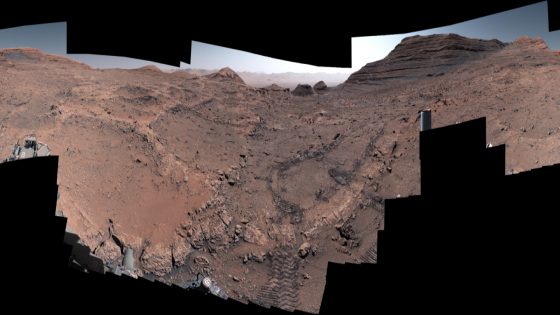As summer approaches in the Northern Hemisphere, it’s intriguing to note that Earth recently reached its aphelion, the farthest point from the sun, on 2025-07-05 15:00:00. This phenomenon raises questions about the relationship between distance and temperature.
- Earth reaches aphelion in early July.
- Distance from the sun affects temperature minimally.
- Earth's axial tilt causes seasonal temperature changes.
- Solar energy varies significantly by latitude.
- Tilt impacts summer warmth more than distance.
- Proximity to the sun does not dictate seasons.
While many assume that being farther from the sun should mean cooler temperatures, the reality is quite different. Earth’s tilt, not its distance, primarily influences seasonal changes. The planet’s axial tilt of approximately 23.5 degrees allows different regions to receive varying amounts of sunlight throughout the year.
This leads US to a key question: How does this tilt impact our climate? The tilt allows for greater sunlight exposure in the Northern Hemisphere during summer, resulting in warmer temperatures despite the increased distance from the sun.
- Earth is about 3.1 million miles farther from the sun in July.
- The difference in solar energy due to distance is only about 7%.
- In cities like New York, solar energy can increase by nearly 300% from winter to summer.
- The tilt of the Earth has a far greater impact than its orbital shape.
As we continue to explore our planet’s dynamics, recognizing the importance of axial tilt could lead to advancements in climate modeling and a deeper understanding of seasonal variations.

































